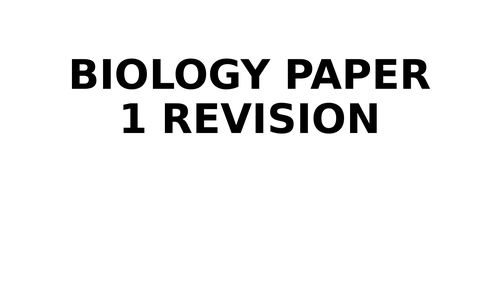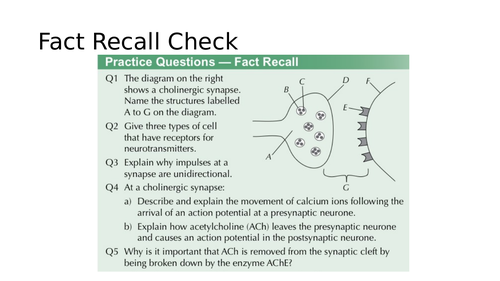Mr A Level
Science has been and always will be a passion of mine. As a successful science teacher and faculty leader it is my duty to make science accessible and fun for all, increasing prosperity and success within the science industry at a time where we need it most. These resources are aimed at changing the standard pedagogical approach to teaching and put a new modern touch to delivering science lessons through eye catching yet relevant imagery and questioning to allow independent exploration.





















